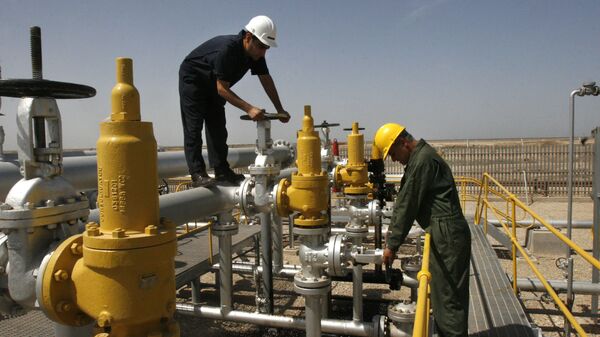“The turn of events, particularly on Friday when Saudi Arabia pulled out of the negotiations between OPEC and non-OPEC producers was a bit of a game-changer. It was quite surprising to see the sharp change in the Saudis’ attitude between June and September when an agreement was reached in Algeria and at the very last minute we see a reversion,” Ostwald noted.
He said that it was more about regional power politics between Saudi Arabia, Iran and Iraq, rather than about the energy market.
“The Saudis want to force Iran and Iraq to do their fair share in any cuts,” Ostwald added.
The Saudi Energy Minister’s statement came after Riyadh, the de-facto leader of the Organization for Petroleum Exporting Countries (OPEC), called off a meeting on Monday between oil producers.
“There were clear signs that the oil producing countries were willing to negotiate something, even if it was just a small cut. I think that we’ve got to the stage now where they can actually agree on a production cap,” he said, adding, however, that many countries, which had been forced to cut output due to terrorist activity or civil war, were now willing to return to the market.
When asked about US shale oil’s share in this equation, Marc Ostwald said that if oil prices reach 55 dollars and above then there will be more shale oil coming to the market.
“I think that the key issue here still is that it’s not really about the output, it’s about demand, which is going to pick up and if it does, then you have a much better backdrop. There are reasons to be optimistic,” he added.
When asked about the situation in 2017, Marc Ostwald said that even through in the short run he expects oil to go down to 40 dollars a barrel, with corporates are looking at a higher dollar and China looking at lower yen and reporting a very low level of inventories, they will probably be chasing oil to increase their inventories to make sure that they are not caught up by rising oil prices and a higher dollar.
The oil glut was sparked when Saudi Arabia began to oversupply the market, in order to drive out US shale oil companies from the market.
Despite negative forecasts many analysts say that there will be some form of an output cut when OPEC and non-OPEC members meet in Vienna on Wednesday.




